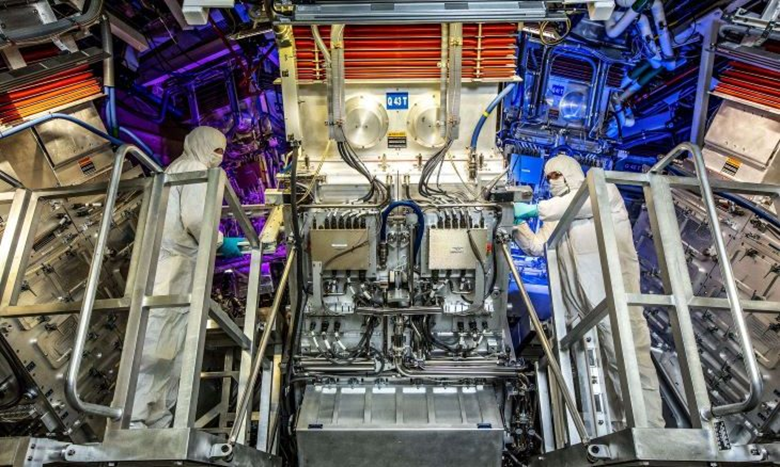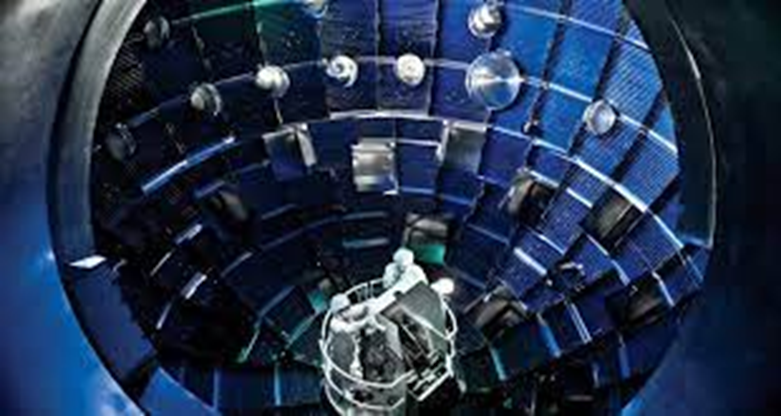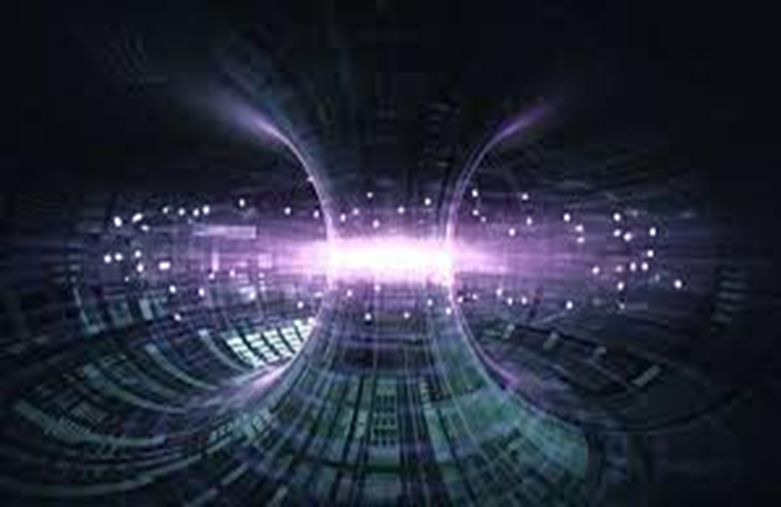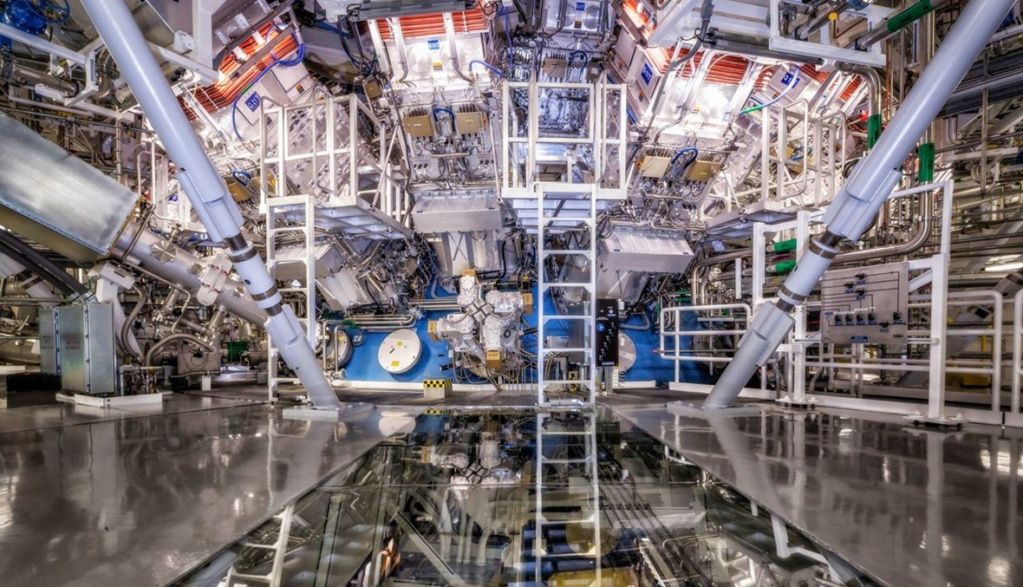The success of new "nuclear fusion" experiments towards producing "unlimited energy"

A capsule model of energy production via a fusion experiment.
American scientists have succeeded in achieving a new breakthrough in experiments to obtain "unlimited" and carbon-free energy through nuclear fusion reactions, in experiments that are the second of their kind, which increases optimism about the dream of fusion energy.
Physicists have sought since the 1950s to take advantage of the fusion reaction that supplies energy to the sun, but until last December no group was able to produce more energy from the interaction than it consumes, a condition also known as "ignition".
The " Financial Times " newspaper quoted 3 people it described as "familiar with the preliminary results," as saying that researchers at the Federal Lawrence Livermore National Laboratory, in California, who first achieved ignition last December, repeated their achievement in the experiment that was conducted on July 30. Which produced more power output than what was produced last December.
The laboratory confirmed that energy gains have been achieved again at its laser facility, adding that the results are currently being analyzed.
The laboratory said, "Since announcing fusion ignition for the first time at the National Ignition Facility in December 2022, we have continued to conduct experiments to study this new and exciting scientific system. In the experiment conducted on July 30, we repeated ignition at the National Ignition Facility."
"As usual, we plan to report on these results in upcoming scientific conferences and peer-reviewed publications," he added.

?What is nuclear fusion
Nuclear fusion, a man-made process designed to simulate the same energy that powers the sun, occurs when two or more atoms fuse with a larger atom, generating an enormous amount of energy in the form of heat.
Scientists around the world have been studying nuclear fusion for decades, hoping to recreate the process with a new source that provides unlimited, carbon-free energy.

Fusion projects primarily use deuterium and tritium, both isotopes of hydrogen.
Deuterium in a glass of water, with a little bit of tritium added, can power a home for a year, but tritium is a rare isotope and difficult to obtain, although it can be synthesized.

Although many scientists believe that fusion power plants are still decades away from us, it is hard to ignore the efficiency of this technology, as fusion reactions emit no carbon and no long-lived radioactive waste, as a small cup of hydrogen fuel could theoretically do. to occupy a home for hundreds of years.
A widely studied approach, known as magnetic confinement, uses huge magnets to hold the fuel in place as it heats up to temperatures hotter than the sun.
The National Ignition Facility, on the other hand, uses a different process called "inertial confinement," during which it fires the world's largest laser into a small capsule of fuel, causing an implosion.

An unprecedented achievement
Last December, US Secretary of Energy Jennifer Granholm described the ignition achievement as "one of the most important achievements of science in the twenty-first century," according to the Financial Times. The reaction in this experiment produced about 3.15 megajoules, about 150% of the 2.05 megajoules in the laser.
Two people familiar with the preliminary results told the Financial Times that preliminary data from the July trial indicated an energy product of "in excess of 3.5 megajoules". This energy is approximately sufficient to operate a household iron for an hour.
For decades, scientists have viewed net energy gains as a critical step in proving that commercial fusion power plants are possible. However, there are still many obstacles to be overcome.
The power gain in this context only compares the power generated to the power in the laser, not the total amount of power drawn from the grid to operate the system, which is much higher. Scientists estimate that commercial fusion would require reactions that generate between 30 and 100 times the energy of a laser.
A national flaring facility produces a maximum of one batch per day, while a greenhouse power plant may need several full batches per second.
However, the improved result at the National Ignition Facility, which came 8 months after the initial breakthrough, is "another sign of an increased pace of progress", according to one of the people "familiar with the results" quoted by the Financial Times.

?Nuclear fusion.. When can this huge discovery light up our homes
American scientists have made progress in experiments to obtain unlimited, carbon-free energy through nuclear fusion reactions, for the first time.
Source: websites

